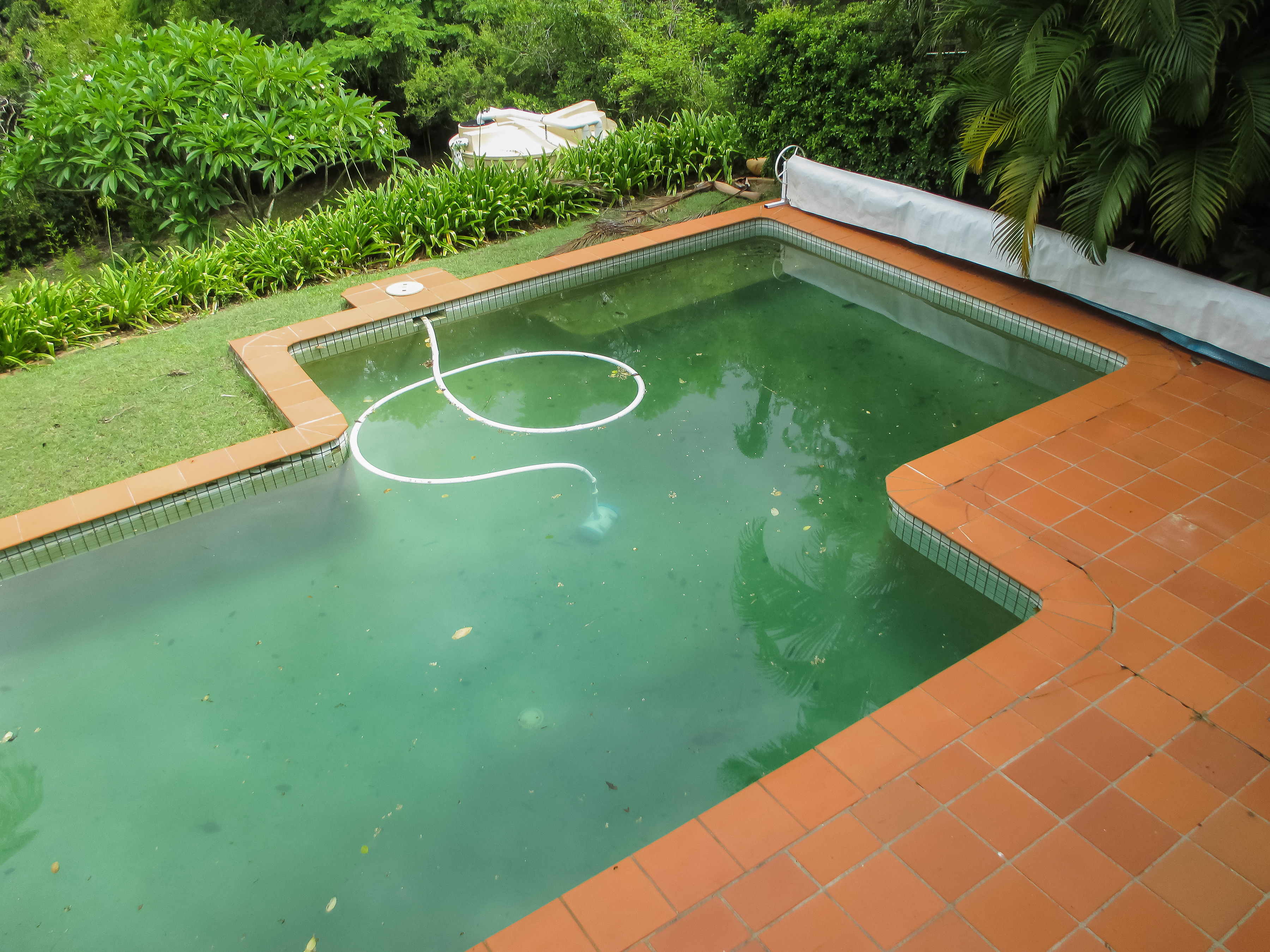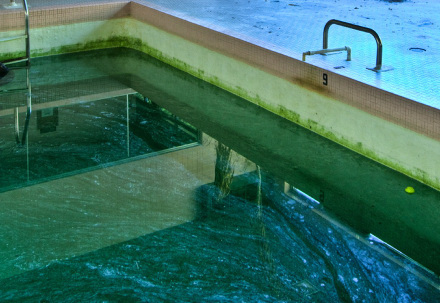Green Algae In Pool Dangerous

When can we swim then.
Green algae in pool dangerous. It is frequently found free floating in the water although it also will cling to the walls. Some adventurous swimmers expose themselves to algae that harbor bacteria. Pool algae can make pool surfaces slippery and dangerous. The most common algae associated with swimming pools is green algae.
Early black algae formation is noted by small black dots on pool floors and walls or sides often in shaded areas and areas with crevices cracks or imperfections in pool surfaces. There s always a risk that somebody could find themselves underwater not able to help themselves. The result of swimming in a green pool could be ear infections fever diarrhea and other summer bummers. As temperatures rise children and adults flock to pools to cool off and take advantage of the nice weather.
The green water will make it where those standing beside the pool can t see them. The most common variety green algae will usually rear its ugly head immediately following a hazy condition in the water from insufficient filtration and or sanitation. Volvocales chlorococcales myxophyceae and several others occur in such a great abundance in water that they colour the whole water either green or blue green and cause the death of fishes. The opening of swimming pools marks an annual rite of passage from spring to summer.
Here are some of the possible health effects of swimming in a pool that has plenty of algae. It is very opportunistic meaning it will take advantage of any failure in the normal sanitizing program and quickly infest a pool. There are some safety concerns about a quick swim in a green pool and the largest is drowning. The common green algae on its own can t harm you but the bacteria feeding on it can.
Treatment can take multiple chemicals and several days of waiting if the algae has had time to build up. Skin infections are the most common health effects of swimming pool algae. The algae are harmful to humans in several ways. You can prevent the algae from returning with much less effort through regular pool maintenance.
When your pool has lost most of the green tint and your chlorine level is holding or staying constant in a range of 1 to 5 ppm and your chloramine level combined chlorine is near zero. Most algae in swimming pools creates a slippery slime increasing the likelihood of a fall. The chemicals used to combat algae can be hazardous causing irritation to the eyes and respiratory systems of children and adults. Algae spores find their way into your pool all the time and the best way to control them is to maintain your pool s alkalinity.
One will see green algae problems frequently appear overnight following heavy rainstorms.


















